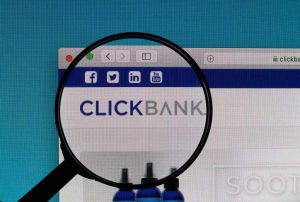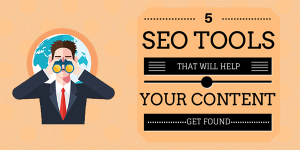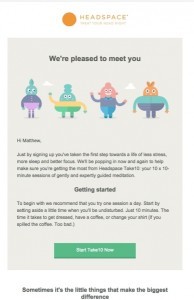Amping Up The Power Of Packaging With AR
It’s because online commerce is winning the convenience game that physical shopping has to be about providing experiences. While all the elements of an in-store purchase need to evolve to rise to this challenge –from the environment design to the purchase process to the data customization of your experience – it’s product packaging that may provide one of the most evolved, immersive, empowering creative opportunities within your future brand experience.
Yes, seriously. Packaging.
Let’s talk about where we’ve gone to unpack where we’re going. Packaging was originally conceived as a convenient augmentation designed to hold, protect or ship products. It’s only in relatively recent years that packaging added an extra layer of information to the shopper at the time of purchase.
Shortly after, entire practices of marketing focused on nailing down the details that would make a box stand out on a shelf. Marketers would engineer the perfect size, color and typography to draw the user’s attention. And today, the information neatly designed in a package, is juxtaposed with online data available to every shopper, allowing him or her to verify the quality of the product and level of satisfaction of other peer consumers with the product at hand.
Enter Augmented Reality. The relatively novel technology allows us to materialize the digital into our physical space and reveal layers of contextual information by simply pointing our phones at our environment. At its core, AR is about enhancing the existing physical world for users. Its fundamental nature is to transform the basics of our material interactions.
Today, brands can use a combination of Augmented Reality to win consumers trust and preference by focusing on the most intimate moment in the shopping experience: When consumers have your product in their hands – providing a new way of literally seeing the product.
There are multiple ways in for augmented packaging.
Unfold The Brand Story
We’ll have the augmented ability for packaging to tell the story of how an object was created or where it comes from, all the way to immersing consumers in the state of mind that the product tries to embody. It would be to the benefit of consumer and brand alike to be able to see the story of each product from its place of origin to its current form.
For example, very few wine-enthusiasts know the difference between similar grapes. To better understand the texture and the notes on a wine, a bottle could easily reveal the main traits of the grape which it was taken from; or a spirit company would be able to show – versus tell – the story of their unique distillation process. It’s already happening for brands like Jack Daniels.
Unite The Community
Modern shopping normally takes place in a two-fold routine: we browse the space visually at a retail location, and then we pull up our little windows to the digital world, and start typing into the search engine of our preference for the product we have in our hands. Augmented packaging provides the opportunity to unify those two steps into one, and to add a third, immediate benefit: showing how other people use or rate the product.
Prepare your brand for when, by holding a product in your hand, a lens will give you the ability to understand the rating of such product in the top commerce sites, read reviews from other shoppers, and even get to understand how this product would behave with your particular conditions. Confident brands will make it easier for consumers to find their peers, and to foster a community.
Unlock Physical Restrictions
Overly regulated packaging has the goal of informing the consumer about their purchase – but often fails. In the healthcare category, for example, leaflets are delivered by U.S. law with any medication, but buried under medical jargon the pamphlets are rarely referenced. With AR, brands have the opportunity to offer a lens of clarity, to translate clearly the benefits that their product might have.
As another example: Earlier this year Grey launched an application for Brazilian Hospital HCor in Sao Paolo. An AR lens was able to translate medicine packaging info into clear instructions personalized for each patient. An app would easily identify contraindications, dosage and intake mechanisms. Such technology would have the ability to save thousands of lives in a country where 60% of people reportedly don’t take their medications appropriately.
It’s clear that technology platforms are already working on mapping the physical world through lenses and camera-first applications. Our industry is an innovative, universal, inevitable feature away from being able to apply these opportunities across all product categories and retail space.
Augmented Reality will provide a whole new way of understanding the products we purchase. Unlike like the printing process which simply crammed more information in the same space, this revolution has the ability to immerse consumers in the universe of your brand.
Wrap your brand in technology and value to find new shelf life.
(63)








